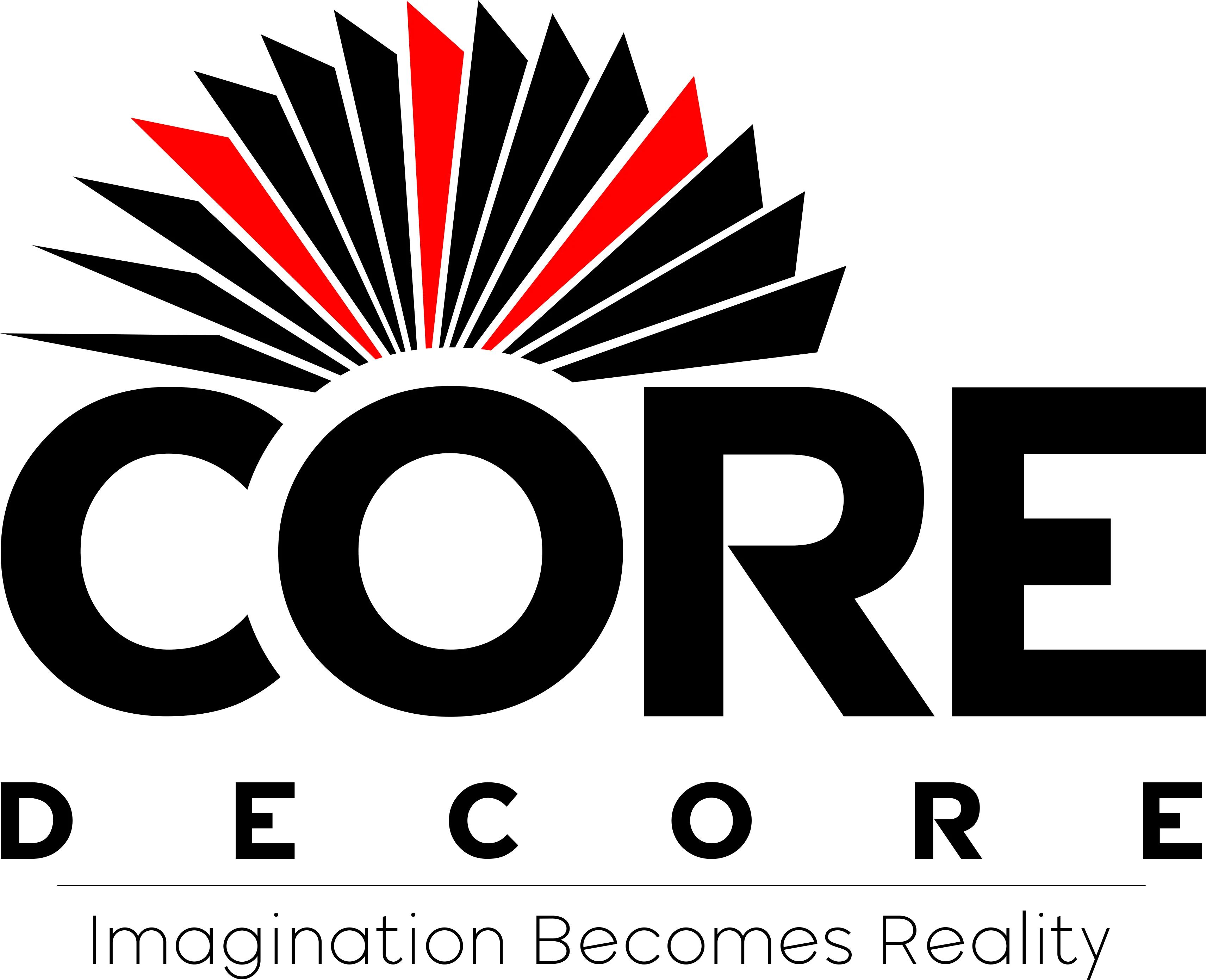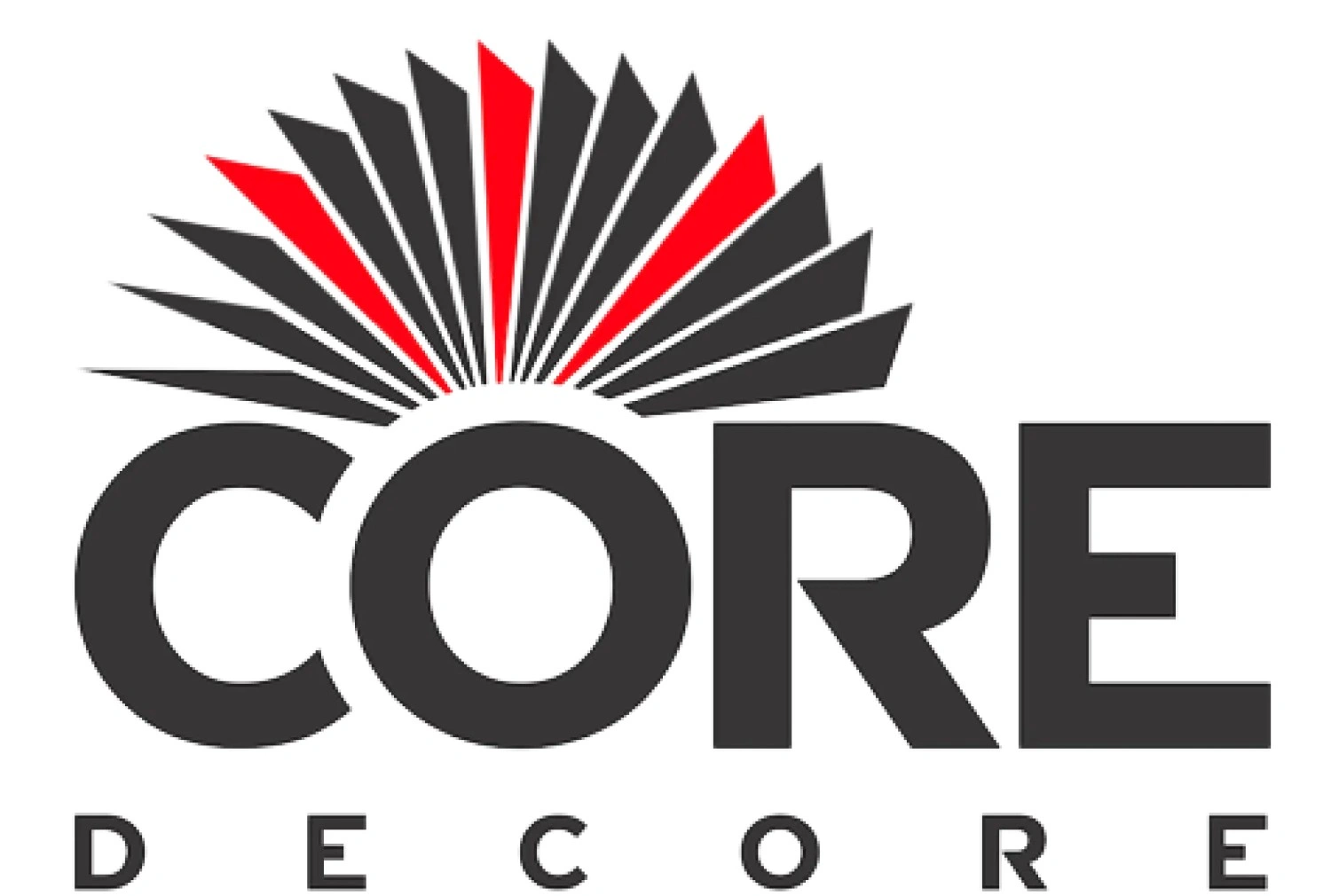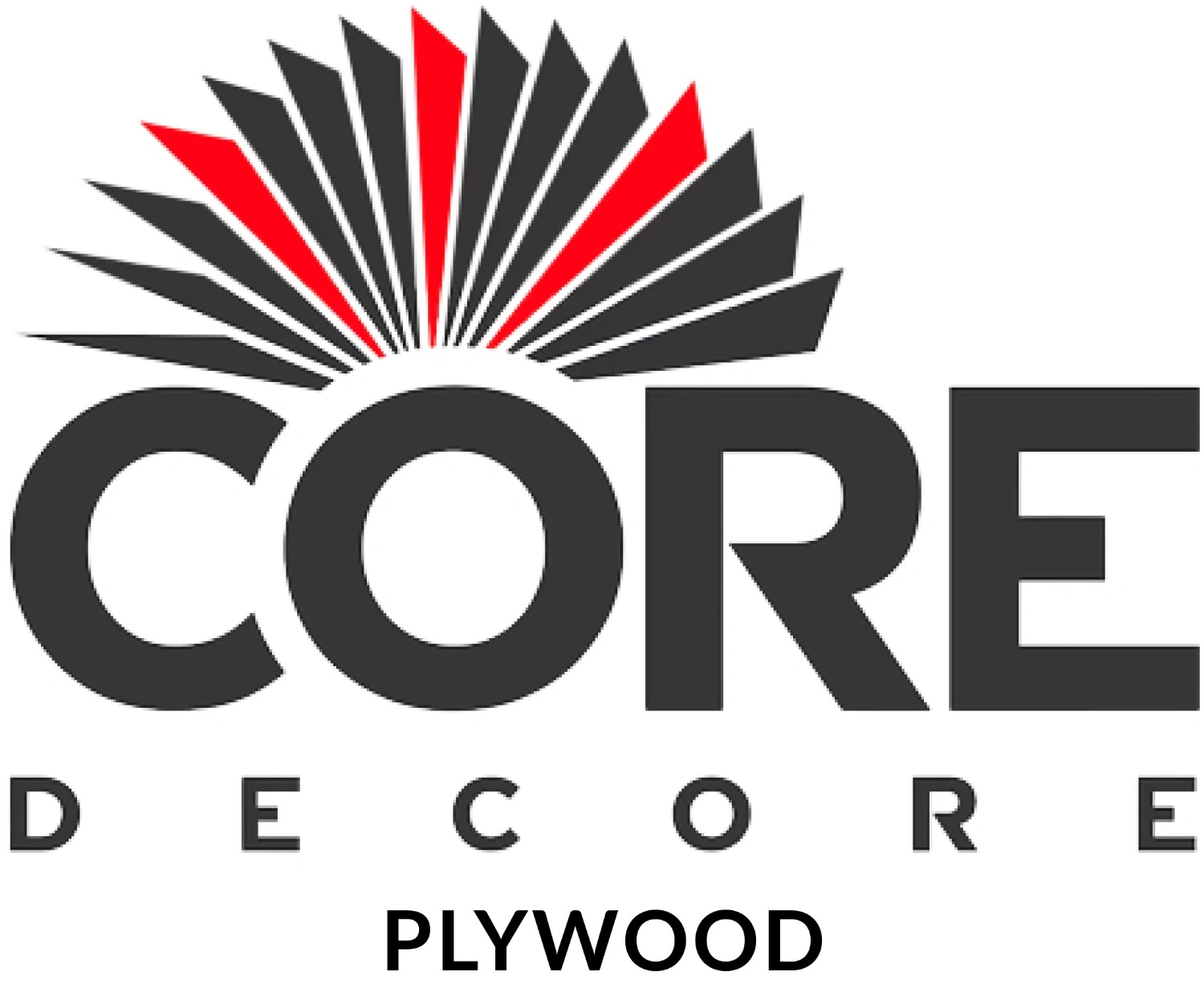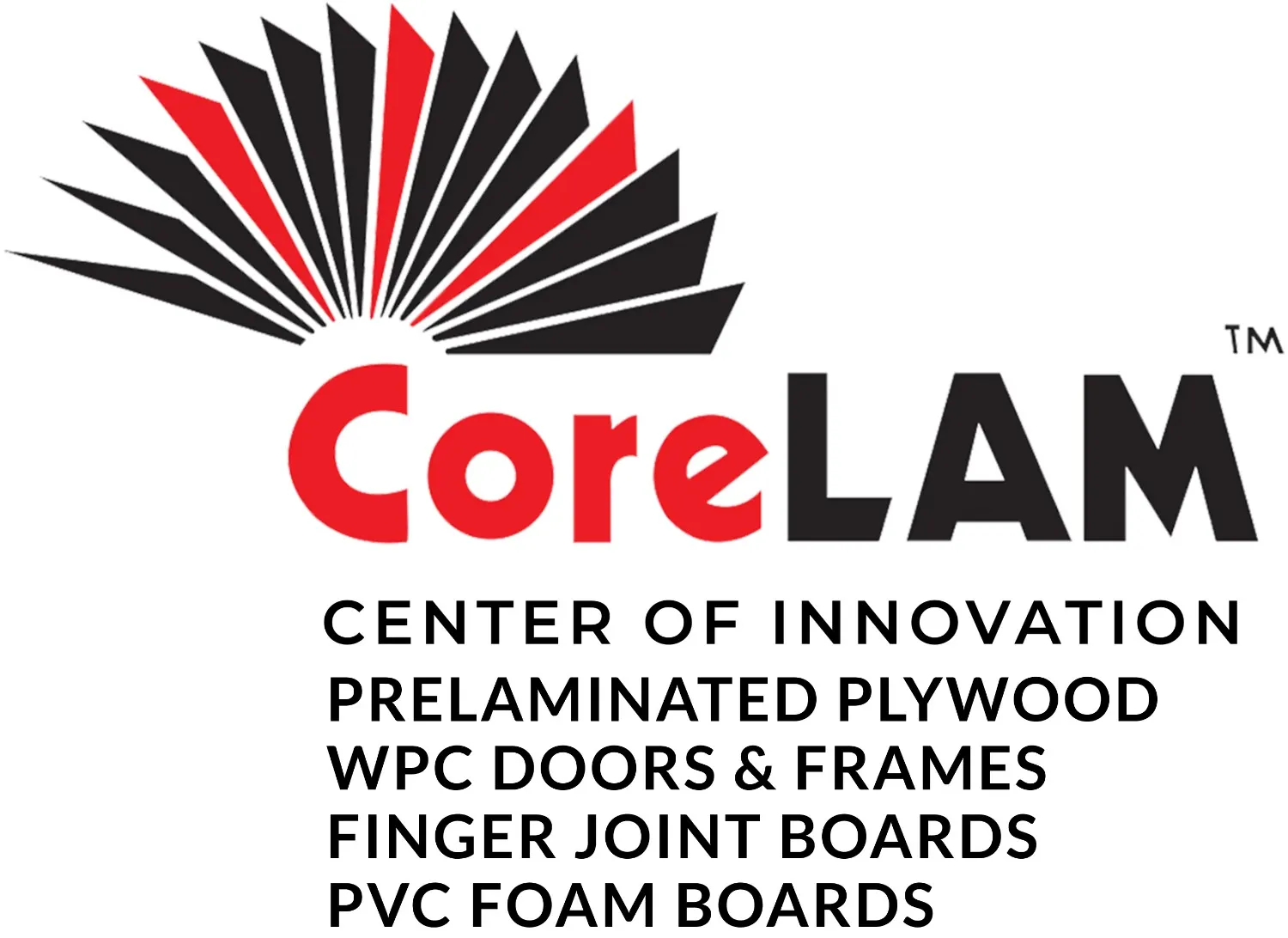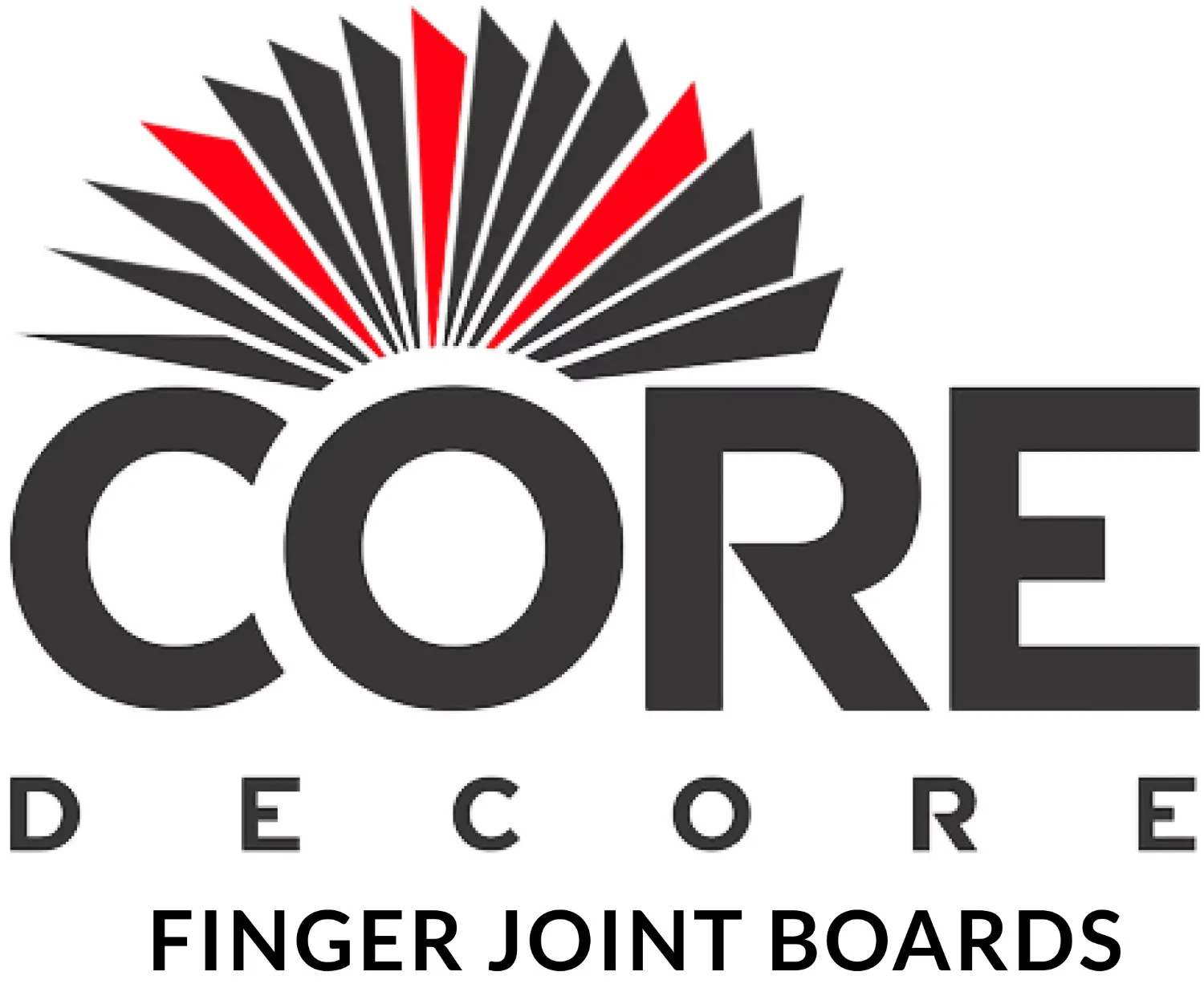Plywood is a versatile material used in various construction and renovation projects. However, when it comes to protecting structures from elemental threats like fire and water, not all plywood is created equal. Understanding the distinctions between fireproof plywood and waterproof plywood is crucial for ensuring the durability and safety of your projects. In this blog, we delve into the differences between these two types of plywood, their applications, and how they can safeguard your investments.
Fireproof Plywood
Fireproof plywood, also known as fire-rated plywood or flame-retardant plywood, is designed to resist ignition and slow down the spread of fire. It achieves this through the incorporation of fire-resistant chemicals or treatments during the manufacturing process. These treatments enhance the plywood's ability to withstand high temperatures and prevent flames from engulfing it rapidly.
Applications
- Enhanced Safety: Fireproof plywood helps contain fires, providing valuable time for evacuation and firefighting efforts.
- Compliance with Regulations: Many building codes and regulations require the use of fire-rated materials in specific areas or structures, making fireproof plywood essential for meeting legal requirements.
Benefits
- Enhanced Safety: Fireproof plywood helps contain fires, providing valuable time for evacuation and firefighting efforts.
- Compliance with Regulations: Many building codes and regulations require the use of fire-rated materials in specific areas or structures, making fireproof plywood essential for meeting legal requirements.
Waterproof Plywood
Waterproof plywood , as the name suggests, is engineered to resist water penetration and moisture damage. Unlike standard plywood, which is susceptible to warping, swelling, and decay when exposed to moisture, waterproof plywood is designed to maintain its structural integrity in wet environments.
Applications
- Outdoor Construction: Waterproof plywood is ideal for outdoor applications such as roofing, decking, and siding, where exposure to rain, snow, and humidity is inevitable.
- Wet Areas: It is commonly used in bathrooms, kitchens, and other wet areas of residential and commercial buildings to prevent water damage to floors, walls, and cabinetry.
Benefits
- Longevity: Waterproof plywood has a longer lifespan compared to untreated plywood when exposed to moisture, reducing the frequency of replacements and repairs.
- Mold and Mildew Resistance: Its resistance to water ingress helps prevent the growth of mold, mildew, and fungal decay, contributing to healthier indoor environments.
Differences and Considerations
While both fireproof and waterproof plywood offer valuable protection against specific threats, it's essential to recognize their differences and select the appropriate type based on the requirements of your project. Here are some key considerations:
- Compatibility: Determine whether your project requires protection primarily against fire, water, or both, and choose the plywood type accordingly.
- Cost: Fireproof plywood typically comes at a higher cost than standard plywood due to the additional fire-resistant treatments. Evaluate your budget and prioritize where to allocate resources.
- Installation: Ensure proper installation techniques are followed to maximize the effectiveness of fireproof or waterproof plywood. This may include sealing seams, using appropriate fasteners, and applying compatible adhesives.
Conclusion
In the realm of construction and building materials, prioritizing safety and durability is paramount. Fireproof and waterproof plywood offers valuable solutions for mitigating the risks associated with fire and water damage, respectively. By understanding the differences between these two types of plywood and their applications, builders, architects, and homeowners can make informed decisions to protect their investments and ensure the longevity of their structures. Whether safeguarding against flames or moisture, the right choice of plywood can make a significant difference in the resilience and longevity of your projects.

